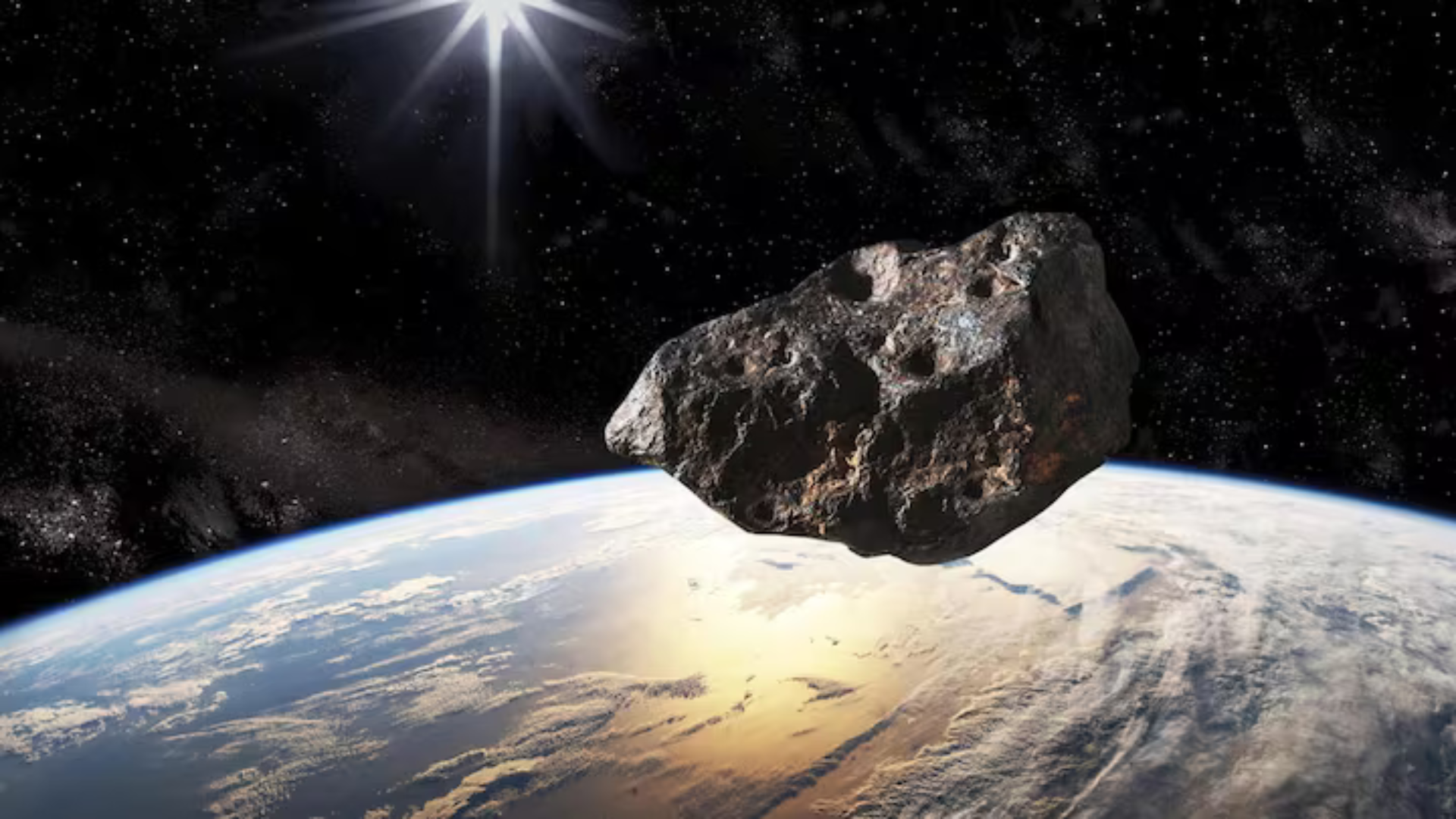Asteroids approaching Earth always capture public attention due to the potential catastrophic impact they could have. Recently, NASA’s Jet Propulsion Laboratory issued an alert about an asteroid, named 2024 KN1, expected to make its closest approach to Earth today.
2024 KN1, an asteroid roughly the size of an 88-foot airplane, is traveling at a speed of approximately 16,500 kilometers per hour. This celestial body belongs to the Amor group and will come closest to Earth on June 23, 2024, at 11:39 PM IST.
Despite the proximity, there is no cause for alarm. NASA has classified the asteroid as non-threatening, ensuring that its trajectory will maintain a safe distance of 5.6 million kilometers from Earth, thereby eliminating any risk of impact.
NASA has catalogued approximately 30,000 asteroids of varying sizes near Earth, including over 850 that are larger than a kilometer wide. These are classified as Near Earth Objects (NEOs). None of these currently pose a threat to Earth within the next 100 years. However, NASA closely monitors a smaller subset known as potentially hazardous asteroids, which have orbits that could potentially bring them closer to Earth, posing a risk of impact.
NASA’s asteroid tracking dashboard provides real-time data on asteroids and comets making close approaches to Earth. The dashboard displays critical information such as the date of the closest approach, the approximate diameter of the object, its relative size, and distance from Earth, specifically tracking those within 7.5 million kilometers.
According to NASA, asteroids are remnants from the formation of our solar system. These celestial bodies vary in size and shape, formed at different distances from the sun, making each one unique. Unlike planets, asteroids are often jagged and irregular in shape. They are primarily composed of various types of rocks, though some contain clays or metals such as nickel and iron.







